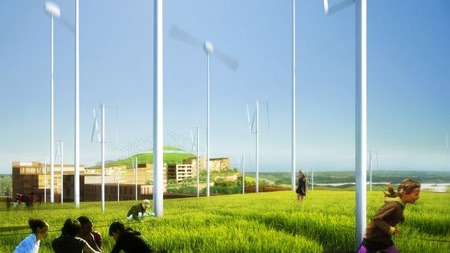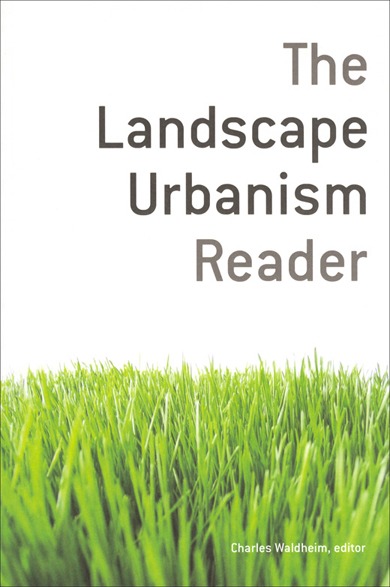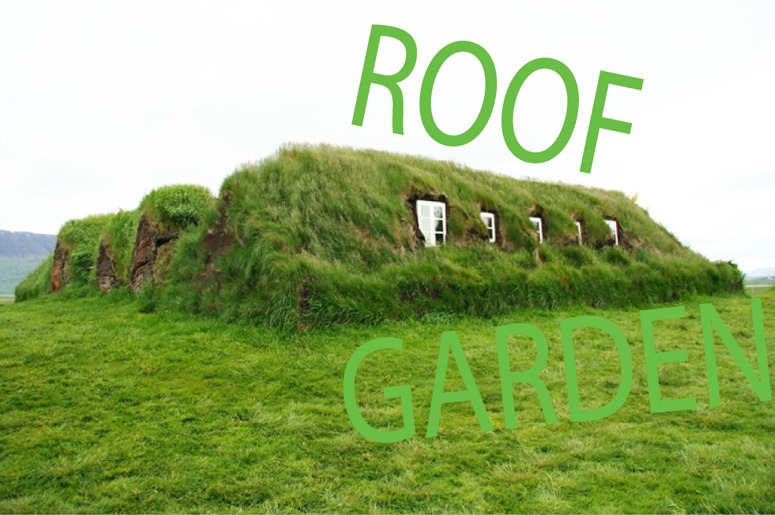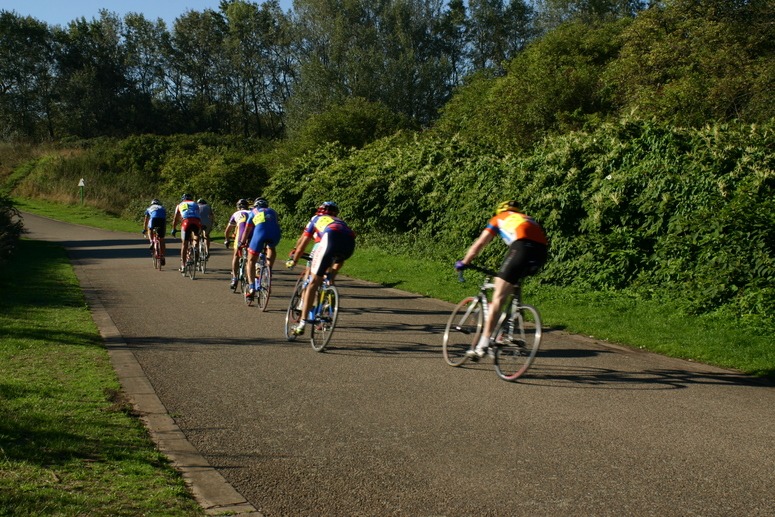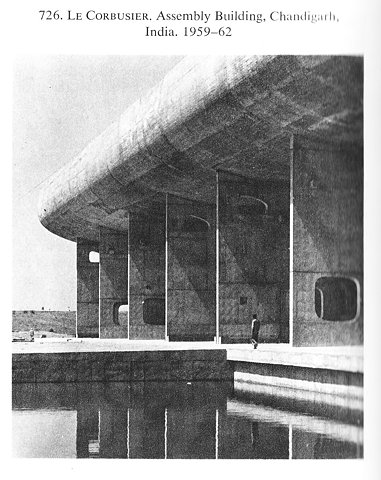
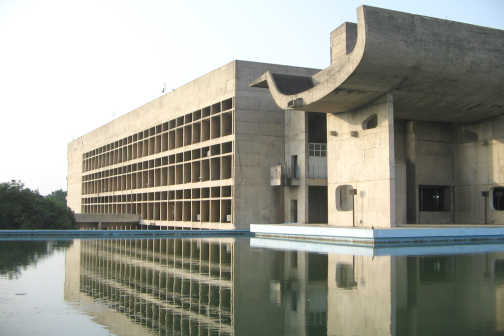 Corbusier is credited with the title of the Father of ‘Critical Regionalism’. The Legislative Assembly Building in Chandigarh is said to typify his approach to design in this latter stage of his career.
Corbusier is credited with the title of the Father of ‘Critical Regionalism’. The Legislative Assembly Building in Chandigarh is said to typify his approach to design in this latter stage of his career.
The Legislative Assembly Building by Le Corbusier in Chandigarh was designed as an architectural statement “strong enough to embody a sense of power and permanence, of seriousness and exaltation.”
Chandigarh was commissioned by Nehru “to reflect the new nation’s modern, progressive outlook.” According to Nehru the new city was to be “unfettered by the traditions of the past, a symbol of the nation’s faith in the future.”
Chandigarh a social utopia, designed as a post-war Garden City, despite the proliferation of the contemporary problems of urban ‘slums’ and ‘squatter’ settlements ranks first in India in the Human Development Index for quality of life and e-readiness.
The design of Chardigarh was intended to provide “equitable opportunities for a dignified, healthy living even to the ‘poorest of the poor’.”
Although it has been stated that Chandigarh could have been designed anywhere, the UNESCO listing acknowleges Corbusier paid particular attention to the landscape context:
“The natural edges formed by the hills and the two rivers, the gently sloping plain with groves of mango trees, a stream bed meandering across its length and the existing roads and rail lines – all were given due consideration in the distribution of functions, establishing the hierarchy of the roads and giving the city its ultimate civic form.”

